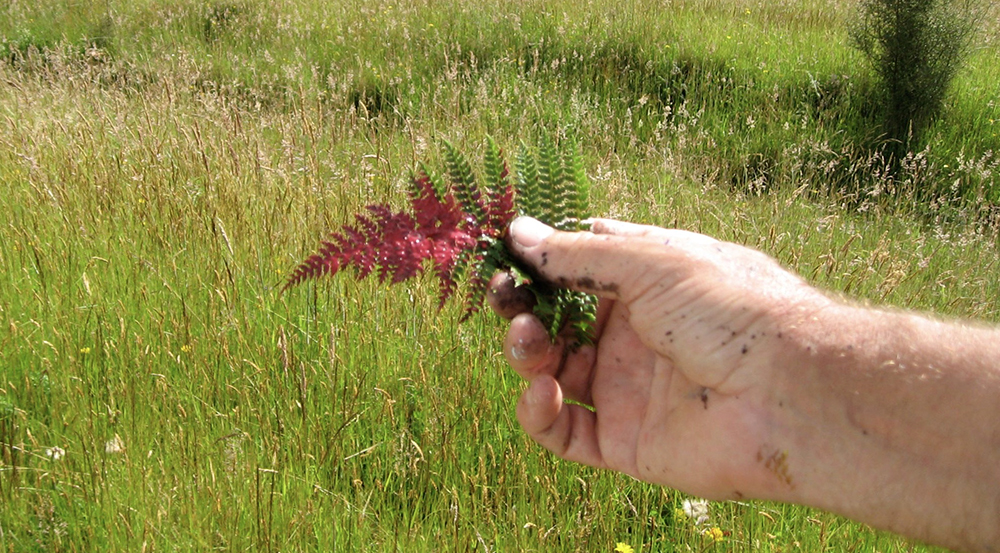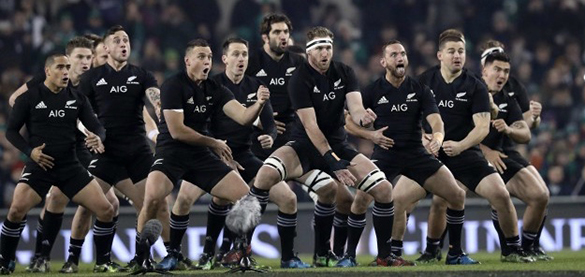Geneva, Tuesday 24 March 2020
Thinking today of – and dedicating this post to – all New Zealanders. Two reasons: first, they have all just gone into lockdown that includes a ban on going into their great outdoors; second, a much loved niece from UK on holiday out there with a friend have been caught in the lockdown. Unable to return home, they needed a place to self-isolate for however long it takes. Faithful buddies came up donalds. Thank you!
I’ve taken a month out there each year for thirty years. I’ve always found the kiwis a very happy, friendly and resourceful bunch. Hardy too; they wear shorts come rain or snow. I once met a couple of hunters on a mountain track who, because of some atrocious weather, had been stuck in a small hut for three days. They told me they had been “givin’ the tea bags heaps!” What a great phrase to denote the staving off of boredom. (Difficult to translate: something like “On a sérieusement harcelé les sachets de thé!”) And now here at home these days, we too are giving the tea bags heaps.
New Zealand culture is deeply spiritual. Or so I was once told. I naïvely asked what the dominant faith was. “Rugby, mate!” Silly me. Of course… How could I forget the haka?
So it’s 2007. I am pursuing two of my favourite pastimes. Giving some large trout heaps and painting… big and freestyle. So here is the making of “All Black.” It was later stolen from a gallery in Geneva. Very flattering! If you’re not interested in the technical process, just lap up the views of the wonderful South Island.
So…. Find nice river. Park battered old camper van. Take out canvas and acrylic painting kit. Apply pink / umber base layer. Leave to dry whilst giving the trout heaps.

Return to van. Find suitable fern. Cover with paint.

Use thrash technique. Leave to dry. Wonder where this might go. Reflect on fern pattern resembling Maori tattoos and, whilst giving the trout heaps again, realise that this is probably not coincidence. On returning to van, notice possible emergence of rippling tattooed thighs. Roll up canvas. Move on to another hidden riverside camp spot.

Unroll canvas. Think “All Black.” Find suitable fern. Cover with paint.

Apply black paint with very large human in mind. Leave to dry. Give the trout heaps yet again. Roll up canvas. Move to most secret lakeside spot.

Unroll canvas. Realise need for big angry sticky-out haka tongue. Find suitable fern. Cover with paint. Apply in mouth area.

Add eyes, ball and big muddy hand fending off the English… or the French… or the Aussies. Leave to dry over convenient shrub. Give trout still more heaps yet again.

Roll up canvas for long flight back to Geneva. Get canvas stretched up. Ask Peter Hobden to take photo.

Move “All Black” to swish gallery. Forget to insure it. Give gallery owner heaps.
Todays putting competition…. The match is square! 4-4. I won 4 and 2. Stats: me 16/16 (100%); the GG – unusually -12/16 (75%).







